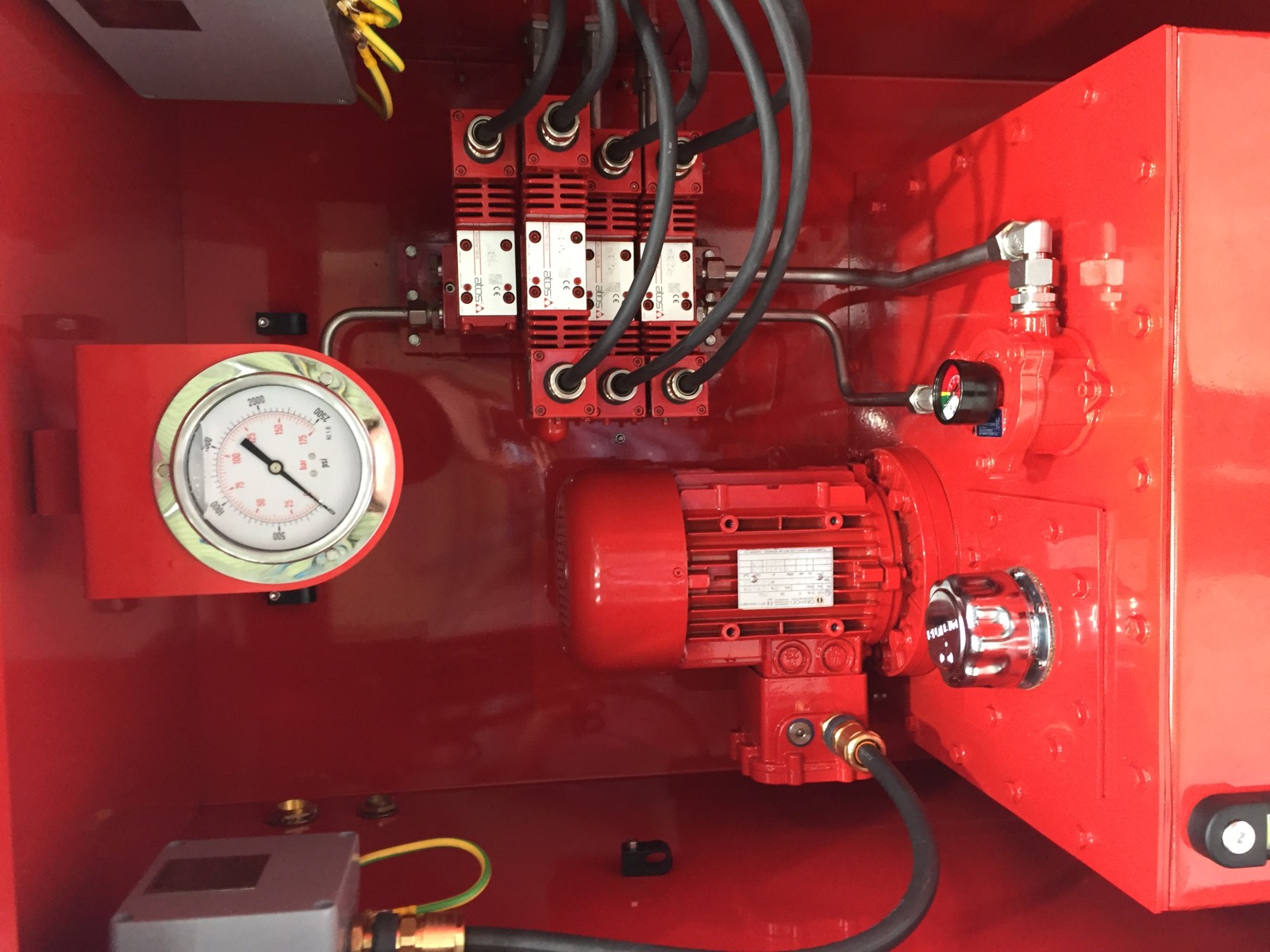

Knowing the difference between an open loop and a closed loop hydraulic circuit is vital when designing a hydraulic system. Each circuit type has unique characteristics that affect performance, cost, and application suitability.
We’ll review the distinctions between these two circuit types, covering their operation, components, and critical use cases.
The term "open loop" refers to the continuous flow of hydraulic fluid that returns to the reservoir.

In this system, fluid flows from the reservoir to the hydraulic pump, through control valves to the actuators, and back to the reservoir. The reservoir is crucial in managing the fluid's temperature and eliminating air bubbles or contaminants. This type of circuit allows for a relatively straightforward system design and is commonly used in hydraulic presses, agricultural machinery, and other mobile equipment.
A closed loop hydraulic circuit differs significantly in design and operation. Instead of returning fluid to a reservoir after passing through the actuator, fluid circulates continuously between the pump and the actuator. This "closed" design reduces the volume of hydraulic fluid needed and improves system efficiency.
In a closed loop, fluid flows directly between the pump and the actuator without passing through a large reservoir. The charge pump compensates for any small fluid losses by drawing fluid from a smaller reservoir to maintain consistent pressure. This configuration is highly efficient and is often used in systems that require precise control over speed and direction, such as mobile machines.
The difference between an open loop hydraulic circuit and a closed loop hydraulic circuit lies in their fluid flow paths, system design, and operational characteristics. Here's how they compare:
|
Open Loop System |
Closed Loop System |
|
|
Fluid Flow |
Fluid flows from the reservoir, through the components, and back to the reservoir |
fluid circulates continuously between the pump and actuator, with minimal interaction with a reservoir |
|
Pressure & Efficiency |
Can experience pressure losses due to the large volume of fluid and the need for a reservoir |
Maintain higher efficiency as fluid remains in a smaller, controlled circuit with minimal loss |
|
Components |
Typically use affordable fixed displacement pumps, making them more cost-effective for simple tasks |
Rely on variable displacement pumps and often include a charge pump for pressure maintenance, increasing complexity and cost |
|
Applications |
Ideal for machinery with intermittent operation, such as hydraulic presses or agricultural equipment |
Excel in applications requiring precise speed and direction control, such as cranes, excavators, and other mobile equipment |
One challenge of open loop systems is managing fluid temperature. The reservoir helps dissipate heat, but prolonged use can cause the fluid to overheat, leading to inefficiency. Air bubbles and contaminants are another concern, requiring regular maintenance of the reservoir and filters.
Closed loop systems require careful calibration of the variable displacement pump and charge pump to maintain consistent pressure. Additionally, the lack of a large reservoir means that heat management often relies on external heat exchangers, adding complexity to the design.

When exploring hydraulic circuits, it's essential to understand the difference between open loop and closed loop systems. In open loop systems, the hydraulic fluid flows in one direction, from the pump inlet to an actuator and back to the pump, without any feedback. This means that the pressure within the circuit is not regulated based on the system's performance. Conversely, closed loop systems utilise directional control valves and flow regulating valves to maintain desired pressure levels and adjust the direction of the fluid based on the work to be done.
The open loop configuration typically employs a piston pump where the actuator-return ports allow fluid to flow back to the pump but without feedback affecting the operation. In contrast, a closed loop and open loop hybrid can optimise performance by controlling the pressure within the system through real-time adjustments. Understanding the difference between open loop vs closed loop systems is crucial for selecting the correct system type for specific hydraulics applications.
Selecting between an open loop hydraulic system and a closed loop hydraulic system depends on your application's needs. A closed loop system offers greater efficiency and performance for tasks involving heavy lifting, long periods of use, or precise motion control. Conversely, an open loop system is often the better choice if your priority is simplicity and cost.
At Hydrastore, we understand the demands of various hydraulic applications. Whether you need an open loop hydraulic circuit for industrial machinery or a closed loop hydraulic circuit for mobile equipment, our team can guide you in choosing and maintaining the ideal system.
Posted by admin in category Hydraulic Systems Advice on Tuesday, 18th November 2025
Call our knowledgeable team Mon–Fri 8:30am–5pm
Systems & Components Division 01427 874445
sales@hydrastore.co.uk
Hose Division 0121 326 6395
hoses@hydrastore.co.uk
Hydrastore use cookies to make the site run smoothly, enhance the content and to gather information on how you use it in order to improve and personalise your experience. See our Privacy Policy

